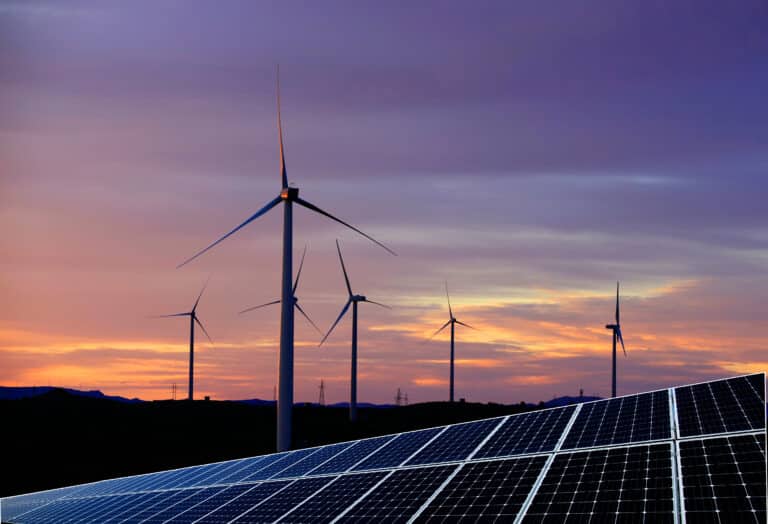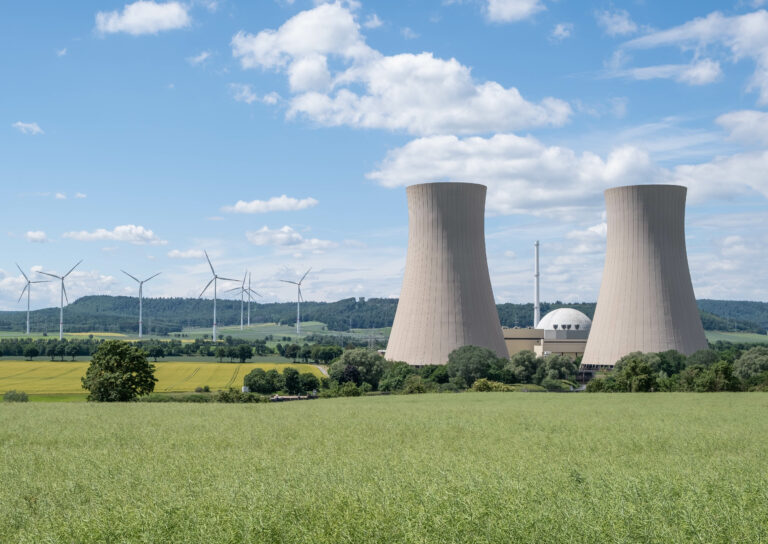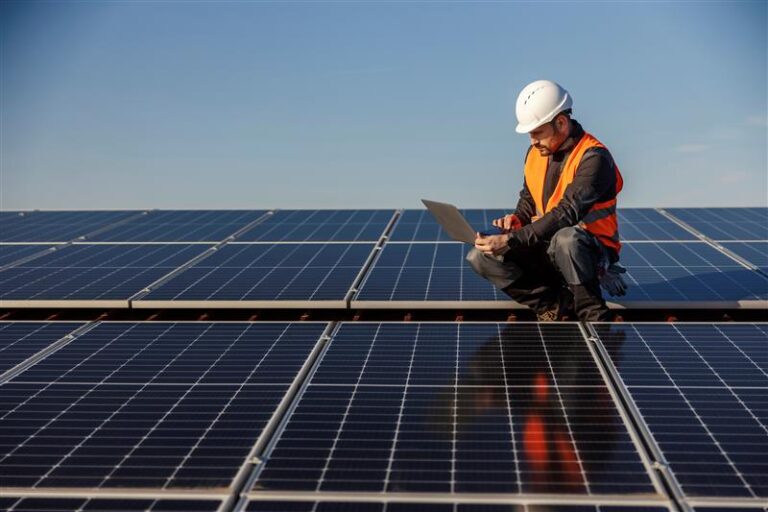Introduction
The wholesale cost of the gas or electricity you use makes up about half of the amount of your overall bill. The rest of your bill is made up of non-commodity costs, also known as non-energy costs. They include network costs, environmental and social costs, supplier operating costs and your supplier’s pre-tax margin. Among these costs are third-party costs, these are costs that are charged to your supplier by the organisations responsible for the cables and pipes that get your energy to your building.
The graphics below illustrate the broad split between non-commodity costs and wholesale costs in your gas and electricity bill. Note, the energy market is volatile and prices change daily, so the exact split is subject to daily change. Our Market Watch experts track the fundamentals impacting both wholesale energy prices and non-commodity costs, providing our customers with a daily analysis of price movements to help inform procurement decisions.
Understanding non-commodity costs
Since they account for around half of the amount of your overall energy bill, understanding how non-commodity costs impact your bill can help you understand steps you can take to manage your energy use and mitigate rising costs.
Non-commodity components associated with electricity costs have experienced a significant rise in recent years and this trend is expected to continue. These increases are unavoidable, and they are primarily driven by the UK government’s efforts to recover funds for supporting its environmental policies.
The government recognises the importance of mitigating climate change and transitioning towards a low-carbon economy. To finance its environmental initiatives, additional charges are being implemented as part of the non-energy components of electricity bills. These charges play a crucial role in securing the necessary resources to accelerate the adoption of renewable energy sources and reinforce the overall decarbonisation of the electricity infrastructure.
Definitions of the Non-Commodity components within an electricity bill
While both gas and electricity share some common elements in their non-commodity costs, there are differences in their respective energy infrastructures, environmental obligations, and the specific measures undertaken to ensure a reliable and sustainable energy supply for consumers. There are fewer costs included in a gas bill. Here we have summarised the non-commodity costs included in an electricity bill.
Conclusion
In summary, the increase in the non-energy components of electricity costs reflects the commitment to addressing climate change and promoting a greener future. They play a crucial role in financing the vital initiatives needed for the country’s transition to a low-carbon economy and achieving its environmental objectives.
To mitigate the rising costs, organisations should consider how they can reduce their consumption.
A 10% reduction in overall general energy consumption is widely accepted as achievable with some focus and attention on good energy management. Talk to us if you would like to understand more about our energy behavioural awareness training.
For a greater reduction in energy consumption, consider an energy audit, which will provide a comprehensive review of the energy used across your site(s) to gain insight into areas where cost effective energy, operating and carbon savings can be achieved. The audit will identify a range of practical low-cost and no-cost measures, together with a range of longer-term investment measures, summarising the quantification of the costs, savings, and estimated return on investment of each opportunity identified.














